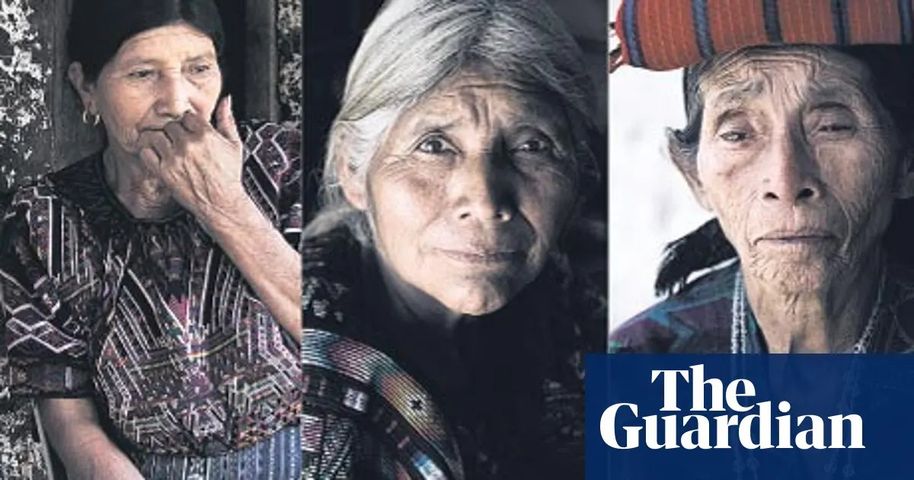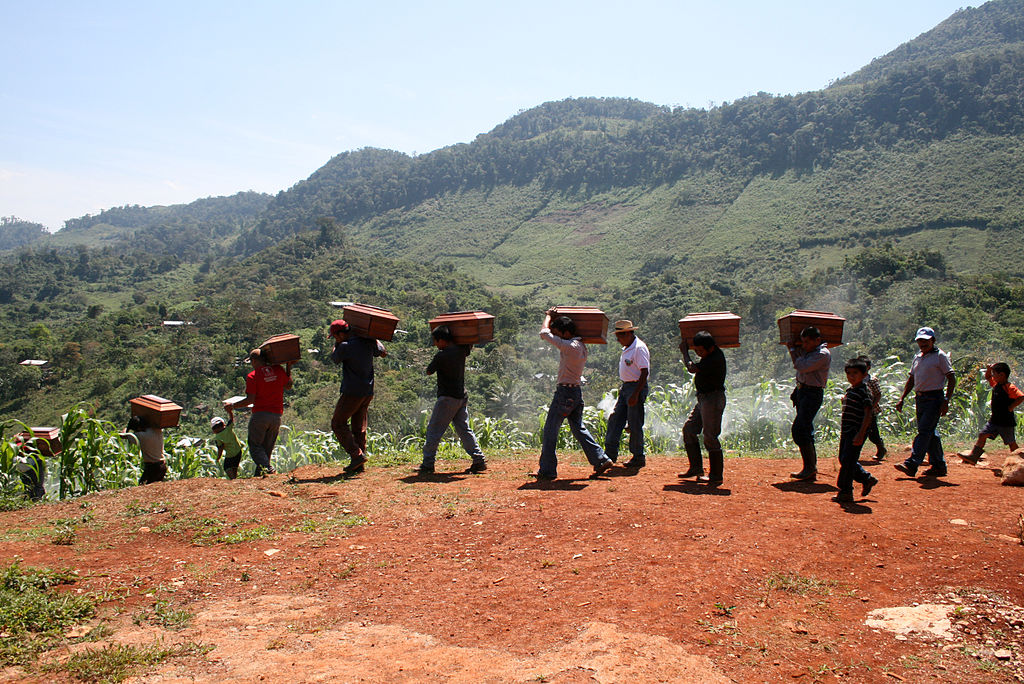The Guatemalan Civil War was a conflict that took place in Guatemala from 1960 to 1996. It was a result of social, economic, and political tensions between the rural indigenous population and the urban elite, who were large of Spanish descent. The conflict was characterized by widespread violence, human rights abuses, and acts of terrorism by both government forces and leftist rebel groups.
The Guatemalan Civil War resulted in the deaths of over 200,000 people, the majority of whom were civilians. It also caused extensive damage to the country’s infrastructure and economy, and left a legacy of trauma and mistrust that continues to affect the country today. The conflict remains a sensitive topic in Guatemala, and many of the abuses committed during the war have still not been fully investigated or prosecuted.
During the Guatemalan Civil War, the banana industry played a significant role in the conflict. Bananas were one of the country’s major exports and a major source of foreign currency, and the industry was dominated by a small group of wealthy elites. These elites had close ties to the government and were often accused of human rights abuses, including the forced eviction of indigenous communities from their lands to make way for banana plantations.
For Guatemala, the banana trade set the stage for a grossly unbalanced land distribution pattern for farmers who suffered a low standard of living and a harsh dependence on a single crop. In 1954, the United States CIA led a coup in Guatemala, which overthrew the Árbenz government.
In the 1970s and 1980s, the guerrilla movement targeted the banana industry as a symbol of the country’s economic and political inequalities. The industry’s facilities and workers were frequently the targets of attacks, and the industry suffered a significant decline as a result of the conflict.
Facts few travelers to Guatemala know about, how the US funded a war that killed 250.000 Mayans over Bananas.
The war officially began in 1960, when a leftist guerrilla movement, the Guatemalan National Revolutionary Unity (URNG), was formed to fight against the government.
Over the next 36 years, the conflict saw brutal military crackdowns, human rights violations, and the forced displacement of hundreds of thousands of civilians. The war officially ended in 1996, with the signing of the Oslo Accords, a peace agreement between the government and the URNG.
The end of the Guatemalan Civil War in 1996 brought some stability to the country, and the banana industry began to recover.
However, the legacy of the conflict continues to be felt in the industry, and many communities remain displaced and landless as a result of the forced evictions that took place during the war.
Additionally, the banana industry continues to face criticism for its labor practices and environmental impact, including the use of hazardous pesticides and the displacement of local communities.



 Ethical Fashion Guatemala
Ethical Fashion Guatemala Ethical Fashion Guatemala
Ethical Fashion Guatemala